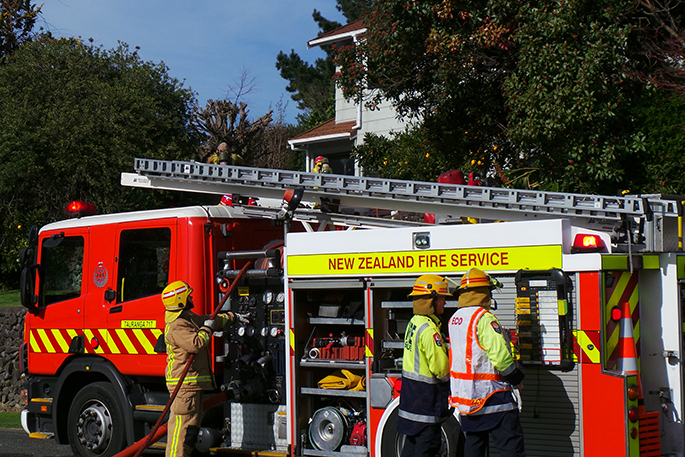Farmers are being reminded to take care when hay bailing this season to avoid fires.
Fire and Emergency's national wildfire manager Tim Mitchell says firefighters are called out to hay barn fires every year.
"This can often result in the loss of entire bales or even barns or sheds."
He says if hay is too moist when bailed there is a heightened risk of the haystack spontaneously combusting.
"Current conditions are challenging for hay making, the frequent rain and overcast conditions we are seeing in many areas of the country is making it difficult to get good drying between cutting and bailing of hay.
"Heating is undesirable, not only because there is a danger of fire from spontaneous combustion, but because it also impairs or severely reduces the nutrient content in the hay."
Mitchell says with drought conditions looking likely this summer, losing precious feed could be disastrous.
"It's important that people take their time and not rush the process."
Fire and Emergency's tips for safe hay bailing:
- Don't rush the process make sure the hay is dry before bailing
- If uncertain that the right drying will occur either delay cutting or consider making bailage
- If you suspect the bailed hay might be a bit damp, avoid sacking as this will help reduce the heat build-up
- After bailing check the stack regularly 2-7 weeks for any heat build-up, signs of steam, mould, acid fumes
- Think about where you stack the hay, avoid putting all in the one place or next to an implement shed and hedge rows
- Finally, whenever using any equipment in a paddock always make sure it is in good working condition to avoid sparks, heat build-up which can start a fire



0 comments
Leave a Comment
You must be logged in to make a comment.